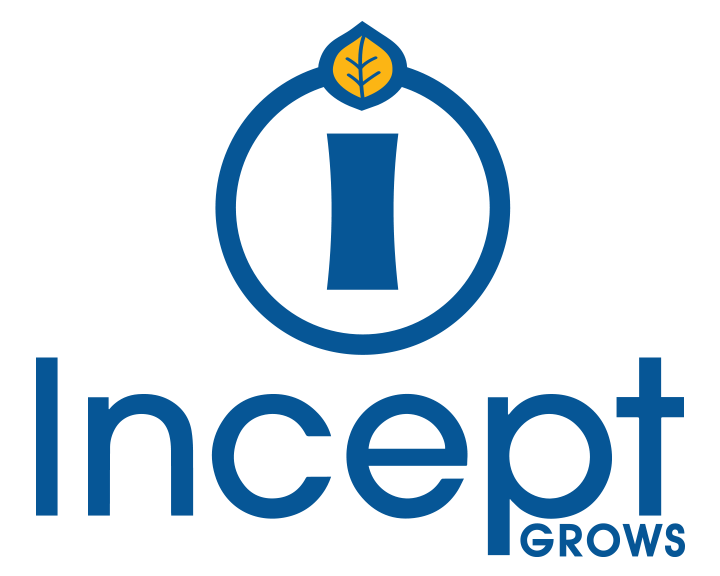The marketing funnel is a strategic tool for both B2B marketing and sales teams to use to classify leads, enhance the nurturing strategy, and more effectively measure conversions. Marketing funnels can be made up of many different stages specific to your individual B2B business but most include some version of the following six stages:
Prospect
Lead
Marketing Qualified Lead (MQL)
Sales Qualified Lead (SQL)
Opportunity
Client
The marketing qualified lead and sales qualified lead classifications are the most important designations when it comes to the lead nurturing strategy so let’s take a deeper dive below:
Marketing Qualified Leads (MQL)
Marketing qualified leads are people that have interacted with your business in a way that shows they might be interested in a relevant topic but are not necessarily ready to buy your product or service.
Let’s say you run the marketing team for a manufacturing company. You have many prospects visiting your website and interacting in many different ways - perusing your blogs, reading about your products, etc. The prospects that are willing to go a step further and trade their information for a content upgrade around one of their pain points are the ones you can classify as marketing qualified leads. They’ve essentially told you that they are interested in learning more about a relevant topic but not to the point of being interested in buying… yet.
Sales Qualified Leads (SQL)
Sales qualified leads are your hand-raisers. These are the people that are asking you for more information about your product/service and showing real buyer intent.
To continue our example from above, a prospect or MQL may visit your website and request more information about a specific product or fill out a ‘Let’s Talk’ form asking for a salesperson to reach out. The people then become sales qualified leads because they are showing buying intent, taking them further down the marketing funnel.
Automating lead classification
Many customer relationship management (CRM) software allow you to automate marketing funnel classifications based on which pages the lead explores, which content they engage with, which forms they submit, etc.
Lead scoring is another step that can help enhance your lead follow-up strategy. This strategy allows you to take even more attributes and behaviors into consideration in order to designate a score between 1 to 100 measuring their likeliness to close.
What to do with lead classifications
The intention of classifying your B2B leads as MQLs or SQLs and lead scoring is to help your team be more strategic with their lead follow-up approach and nurturing leads lower in the funnel with the ultimate goal of creating new customers.
Marketing Qualified Lead
By setting up email automation workflows based on previous behaviors that led to becoming a marketing qualified lead, your team can strategically follow-up with leads on a large scale while still giving a personal feel. Workflows should be focused on nurturing the lead by offering them additional helpful and related content, valuable advice, and other types of offers that might encourage them to look to your company to fix their pain points.
Sales Qualified Lead
When a lead is determined to be sales qualified, its time to send them to the sales team to interact with directly on a more personal level. The goal should be for a salesperson to reach out within 5 minutes of the lead becoming sales qualified because 35-50% of sales go to the vendor that responds first. What’s more, Dr. James Oldroyd published the Lead Response Management Study, which found that the odds of making a successful contact with a lead are 100 times greater when a contact attempt occurs within 5 minutes, compared to 30 minutes after the lead was submitted.
Measuring Marketing Funnel Effectiveness
Tracking marketing funnel movement is the first step to improving your marketing and sales strategy effectiveness. Start by asking yourself the following two questions:
Are you increasing the number of leads at each stage each month?
Are you converting more MQLs to SQLs each month?
If you are not driving more leads each month then you can start by offering more opportunities for prospects to submit their information in trade for valuable content upgrades.
If you are not converting more leads from MQL to SQL then you need to work on improving your lead nurturing strategy by offering leads additional helpful and related content, valuable advice, etc.
Ready to follow up with your inbound leads and reach them at the right time?
Using our expertise in lead generation and sales, we’ve tested several strategies in our own business and on behalf of our clients. Across the board, we found that the ideal inbound lead follow-up strategy requires 2 things:
Urgency in response
Commitment to sales cadence if the prospect does not immediately answer
In this download, you’ll receive:
A successful sample sales cadence to get in touch with your leads
Details on WHY this works and how it helps your company drive more business.



